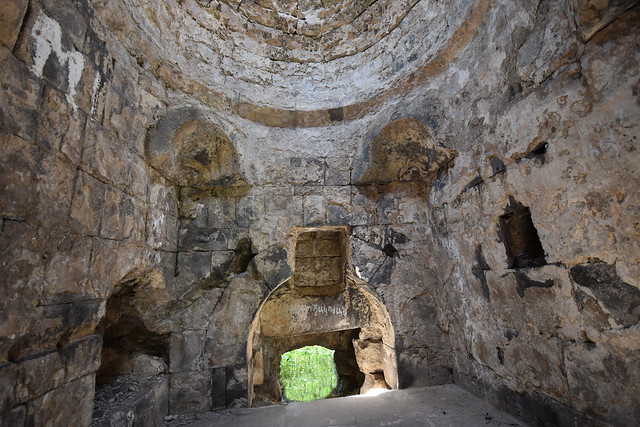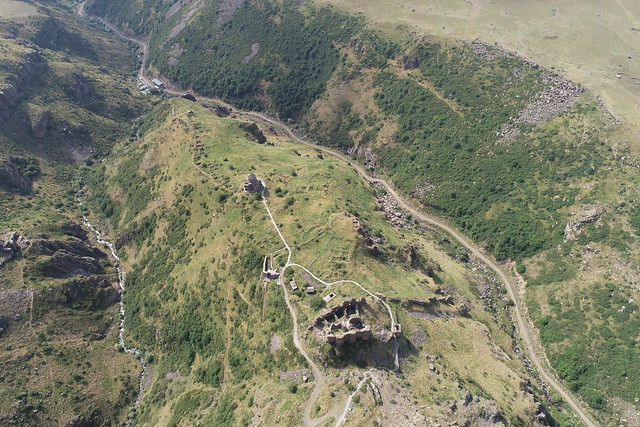Amberd Historical and Cultural Reserve, ARMENIA
Amberd is a historical and cultural reserve located on the southern slope of the highest point of the Republic of Armenia, Mount Aragats. At an altitude of about 2300 metres above sea level, Amberd is located on the promontory formed by the confluence of the Arkashen and Amberd rivers. The site encompasses a defensive structure, including walls and gates, a castle, a church, a bath house, a water supply system and other ancillary buildings, showcasing intricate stonework and design of European significance, all immersed in a beautiful and well-preserved natural scenery.
Some accounts suggest Amberd served as a summer residence for kings. The castle was built in the 7th century, under the ownership of the House of Kamsarakan. Four centuries later, the House of Pahlavuni acquired the fortress and adjacent lands, undertaking reconstruction led by Prince Vahram Pahlavuni. Recorded in Grigor Magistros Pahlavuni’s manuscripts, Vahram enhanced the complex by erecting the Church of Surb Astvatsatsin in 1026.
Facing invasion in the 1070s by the Seljuq Turks, Amberd was transformed into a military base. In 1197, a combined Armenian-Georgian force, led by General Zakare Zakarian, liberated the fortress. Under Zakarian control throughout the 12th and 13th centuries, structural reinforcements were made to the fortification walls and the castle underwent renovation. Acquired by Vacheh Vachutian in 1215, Amberd became a vital defensive stronghold. However, in 1236 the Mongols seized and partly destroyed the fortress. Abandoned for centuries, the site saw a revival in the 20th century with archaeological excavations and the restoration of the church, the bath house and the gates.
Today, Amberd is a tourist destination and also part of an Armenian pilgrimage route towards the Church of St. Astvatsatsin/Vahramashen. The complex stands as a living testament to the convergence of diverse cultures from the East to the West blending historical significance with natural beauty. Nevertheless, the castle persists in a gradual state of decay. With each passing year, the upper sections of its walls bear the brunt of weather-induced erosion, particularly from relentless winds. Vegetation further exacerbates the monument’s deterioration as its roots burrow deeper, causing damage and potential risk for the visitors. The inward inclination adds immense pressure, straining the walls. Coupled with occasional tremors, there is a heightened risk of structural collapse.
The nomination to the 7 Most Endangered Programme 2024 was made by the Ministry of Education, Science, Culture and Sport of the Republic of Armenia. The motivation behind the site’s nomination to the 7 Most Endangered Programme 2024 is to raise awareness within the broader European community about the significance of the Historical and Cultural Reserve of Amberd.
The Amberd project is a key component of Armenia’s comprehensive cultural strategy for 2023-2027, as detailed in the “Culture Preservation and Development Strategy” approved by the Government of the Republic of Armenia. This strategy prioritises the restoration of significant state and public monuments, such as fortresses and bridges, with a commitment to increased financial support for these initiatives.
A comprehensive restoration project spanning the next three years aims to establish additional tourist infrastructure within the Amberd castle premises, including facilities such as a new restroom, ticket booth, souvenir sales point, an information centre, footpaths and observation points. Funding for these initiatives is solely sourced from state allocations. The primary funding source is the Ministry of Education, Science, Culture and Sport of the Republic of Armenia.




